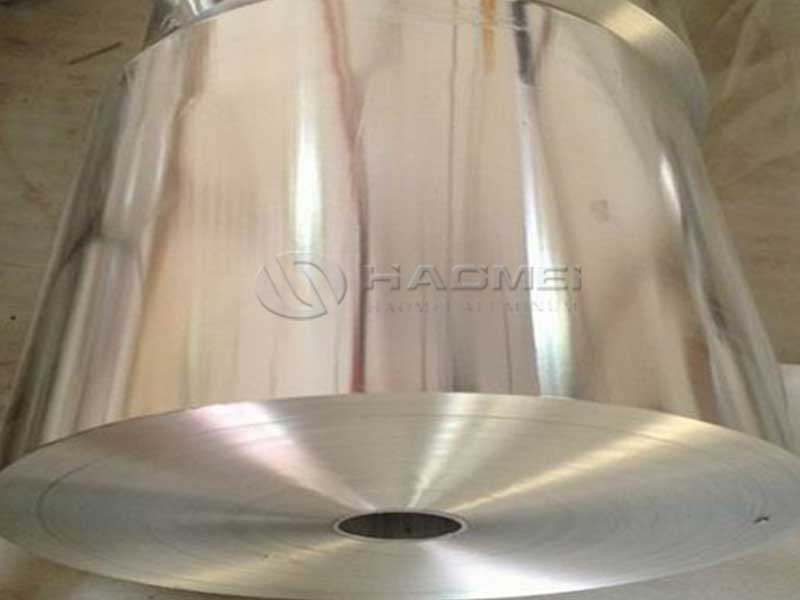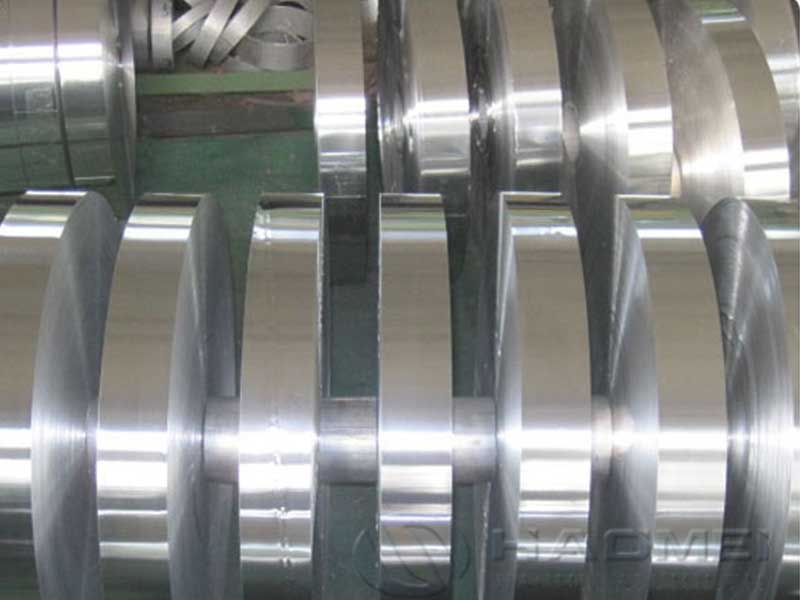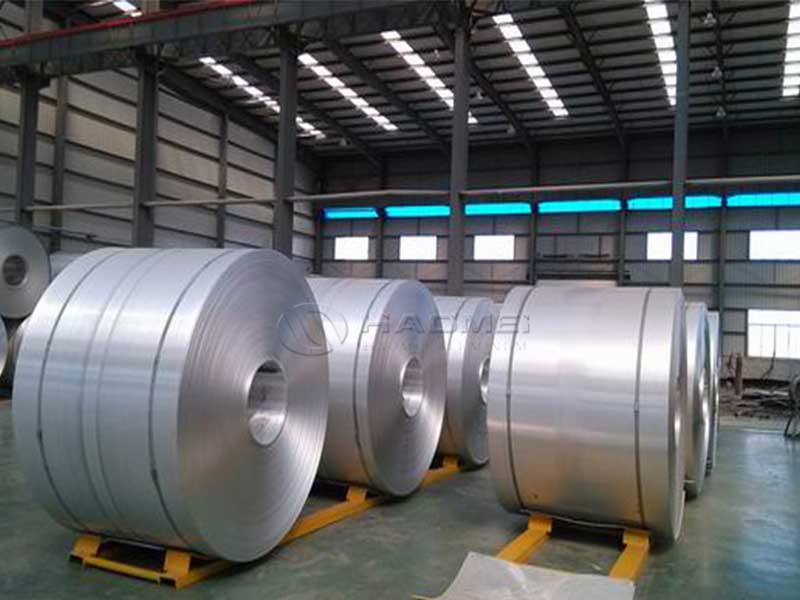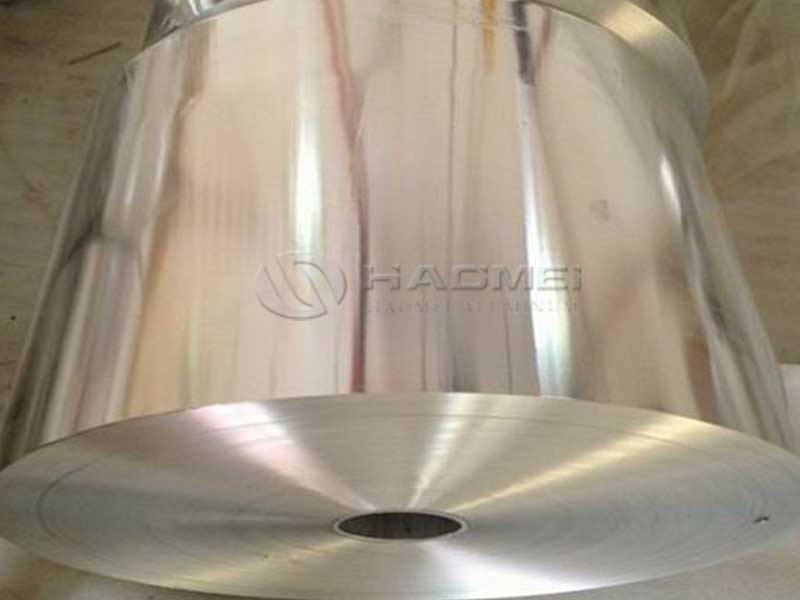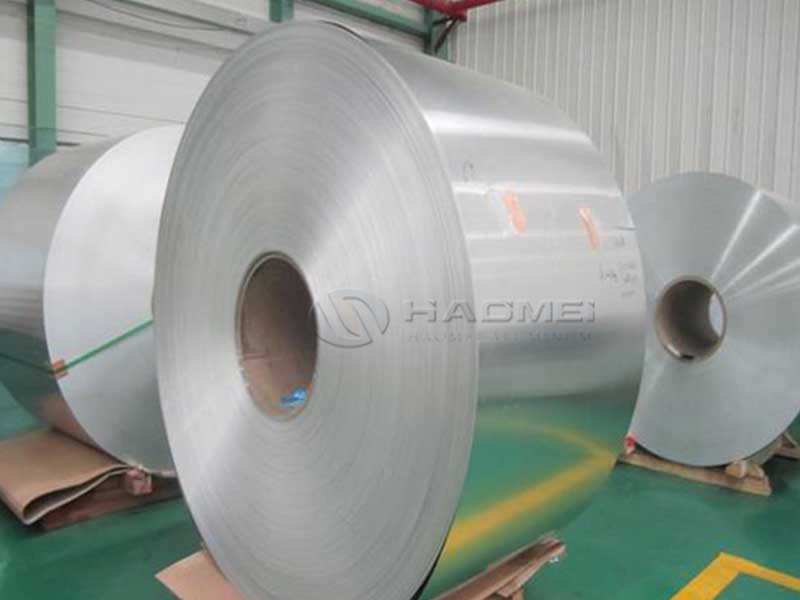3004 vs 3003 aluminum foil
Aluminum foil has become an essential material in various sectors, ranging from packaging to cooking and thermal insulation. Among the various alloys available, 3004 and 3003 aluminum foils stand out for their unique properties and uses. Understanding the differences between 3004 and 3003 aluminum foil can help you select the best material for your needs.
What is 3003 Aluminum Foil?
3003 aluminum foil is a well-regarded alloy in the "3000" series of aluminum. It consists primarily of aluminum (around 94-96%) and 1-1.5% manganese, which gives it excellent corrosion resistance and weldability. The foil is known for its high malleability, making it easy to manipulate without cracking. It is commonly used in everyday products, such as:
- Food packaging and containers
- Cooking sheets
- Flexible and rigid containers
- Electrical applications
Features of 3003 Aluminum Foil
1. Excellent Corrosion Resistance:
One of the standout features of 3003 aluminum foil is its resistance to corrosion. This makes it an excellent choice for products that will be exposed to moisture or chemicals.
2. Good Formability:
3003 aluminum foil’s high malleability ensures that it can easily be formed into molds or around objects, which is particularly beneficial in packaging applications.
3. Value-Effective Performance:
While it offers solid reliability and performance, 3003 aluminum foil is an economical option compared to thicker materials, often making it a preferred choice in cost-sensitive applications.
What is 3004 Aluminum Foil?
Improving upon the existing features of 3003, 3004 aluminum foil features a slightly different composition, making it a higher-strength option. It typically contains about 1.0-1.5% manganese but also has a higher aluminum content (around 99%), enhancing its durability. This makes 3004 aluminum foil ideal for specific applications that require additional strength, including:
- Beverage cans
- Construction materials
- Insulation products
- School uniforms and industrial uniforms
Features of 3004 Aluminum Foil
1. Increased Strength:
One of the most notable differences when comparing 3003 vs. 3004 aluminum foil is its increased strength. This makes 3004 aluminum foil a good choice in industries where durability and structural integrity are paramount.
2. Superior Formability:
Despite its increased strength, 3004 maintains excellent formability, allowing manufacturers to produce a variety of shapes and sizes efficiently.
3. Higher Resistance to Impact:
Seal this down for applications subjected to physical stress, 3004 aluminum foil will outperform its 3003 counterpart due to its enhanced compositional features.
Comparing 3003 vs. 3004 Aluminum Foil: Which One to Choose?
1. Application Needs:
- If your project involves scaffolding applications or requires thin and flexible barriers—opt for 3003 aluminum foil. Its ease of manipulation suits packing and flexible applications.
- If strength is necessary, such as with cans for beverages or robust insulation systems—3004 aluminum foil is the right choice.
2. Cost vs. Quality:
Though 3004 typically comes at a slight premium over 3003 due to its enhanced features, it might ultimately prove more cost-effective in situations requiring durability that reduces the likelihood of destructive failure, hence preserving overall expenditure.
3. Availability and Specific Needs:
Inspect the market for suppliers for specific needs related to packaging styles or dimensions further solidified by choice necessities real-time conduction.

